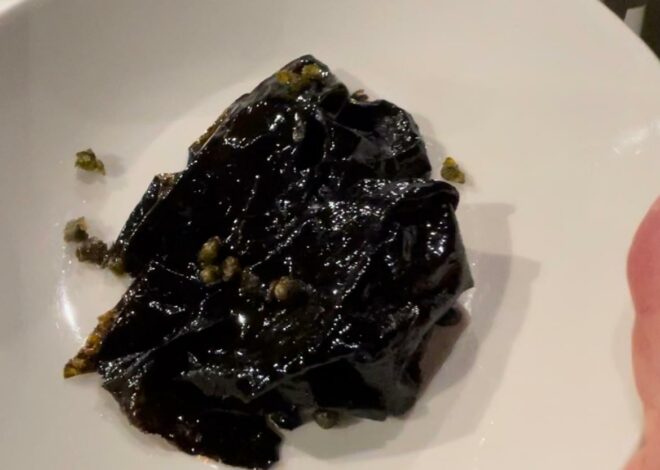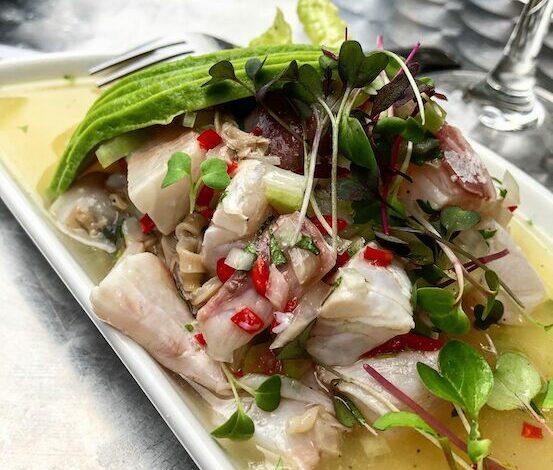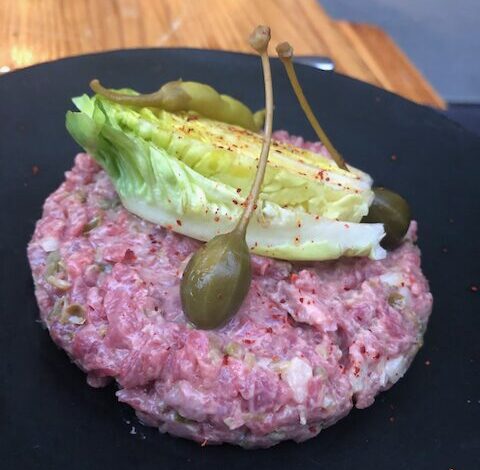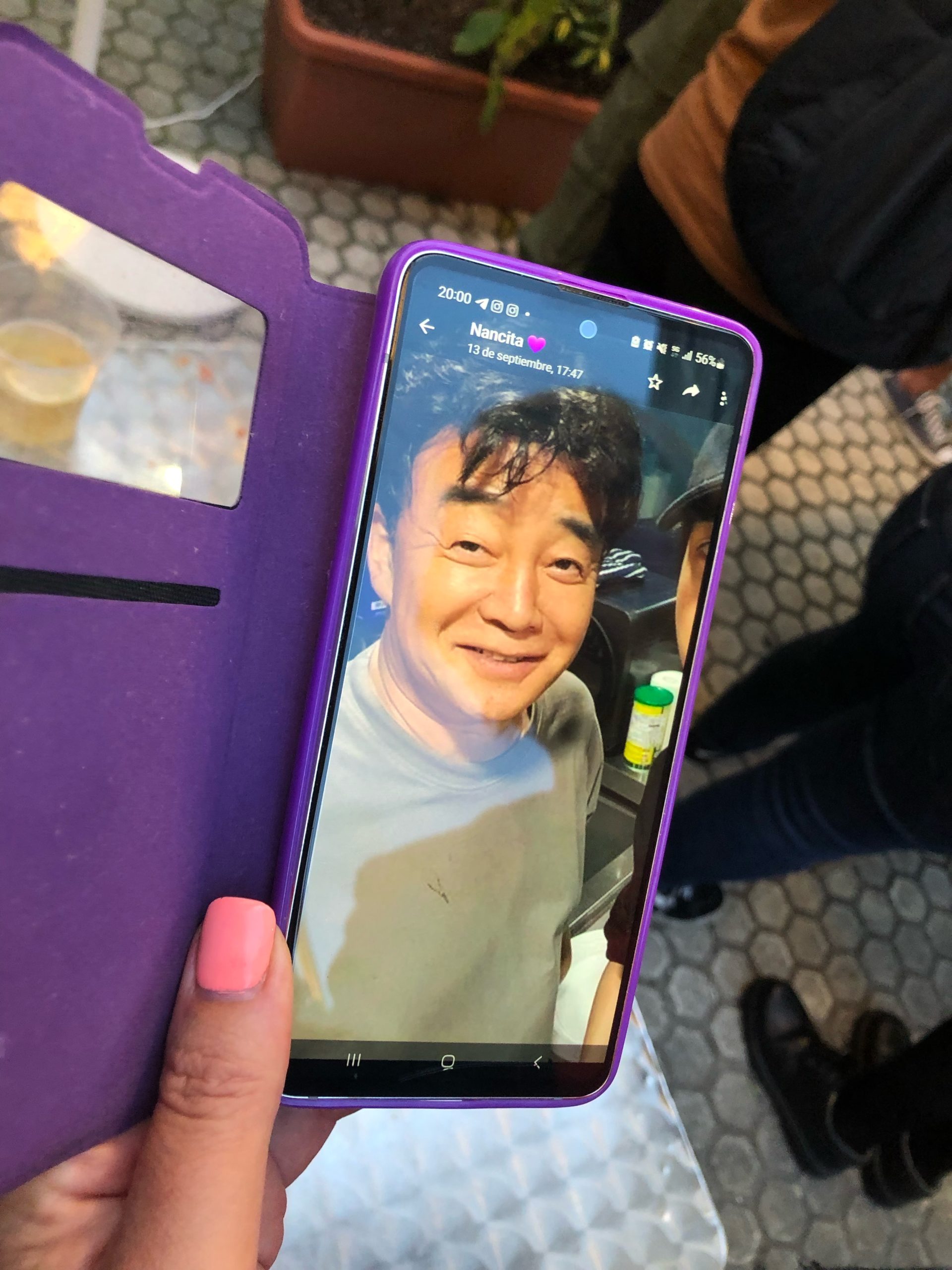
“Bantxu: A Korean Reality Show in San Sebastian”
Word had already spread in the streets, and it carried the funky smell of kimchi.
“What’s that? A new Korean place opened? It’s part of a Korean reality show. With a famous chef? But it’s already closed? No, it reopened, but in a different spot. It’s cheap, and it collapsed after just 3 days. It died from its own success.”
The information, even in the press, was conflicting; some claimed it was still open, while others said it had relocated to Old Town.
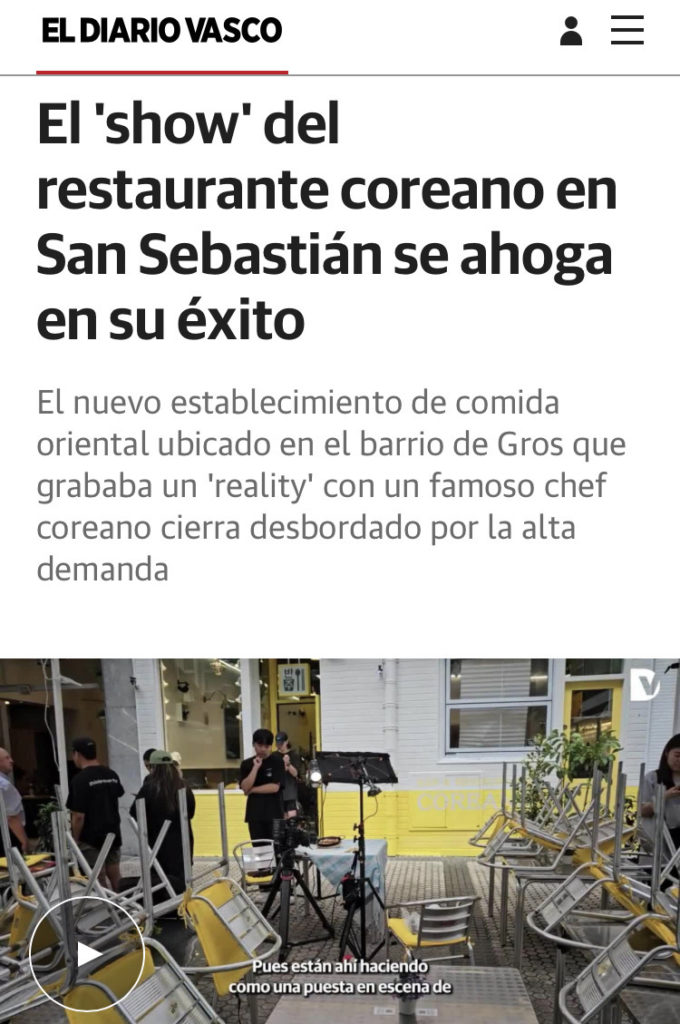
You see, you won’t find such things in San Sebastián, a city-village inhabited by a community that predates the ancient Romans and speaks a language that predates Latin – the Basques. The world-renowned food scene that you find here is radically local and seasonal. Txuletas, grilled fish, and pintxos reign supreme. Asian restaurants are few, and the ones that serve nice food are even scarcer. My Basque friends tell me that almost 20 years ago, there were hardly any Chinese, let alone Koreans, in the region, and this is reflected in the culinary offerings.

Jon Mujika, my most knowledgeable friend when it comes to cheap eats, is a hunter of interesting culinary deals for under five euros. He’s always up for this kind of plans. He’s the one who introduced me to the Nicaraguans who bought a Chinese restaurant and turned it into a Caribbean fish fry joint while maintaining the original draconian Chinese decor – a truly surreal experience.
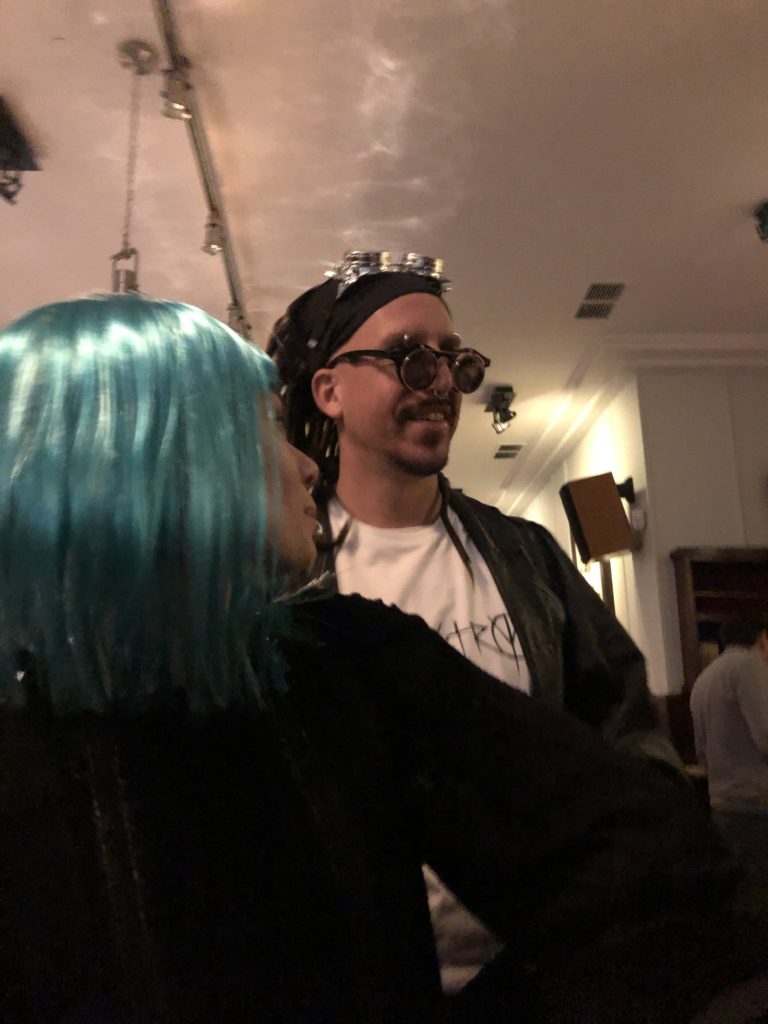
Jon was the first to venture to Batnxu, the Korean place that had opened in Gros and was the talk of all my foodie friends, although none of them had been yet. It quickly became an obsession for him. “Erich, you’ve got to come; it’s all Koreans. The best I’ve ever tasted. Just 2 euros a plate,” By the time he insisted I join him one Monday after work, it was because it was the “pop-up’s” last day – news to me that it was a pop-up.
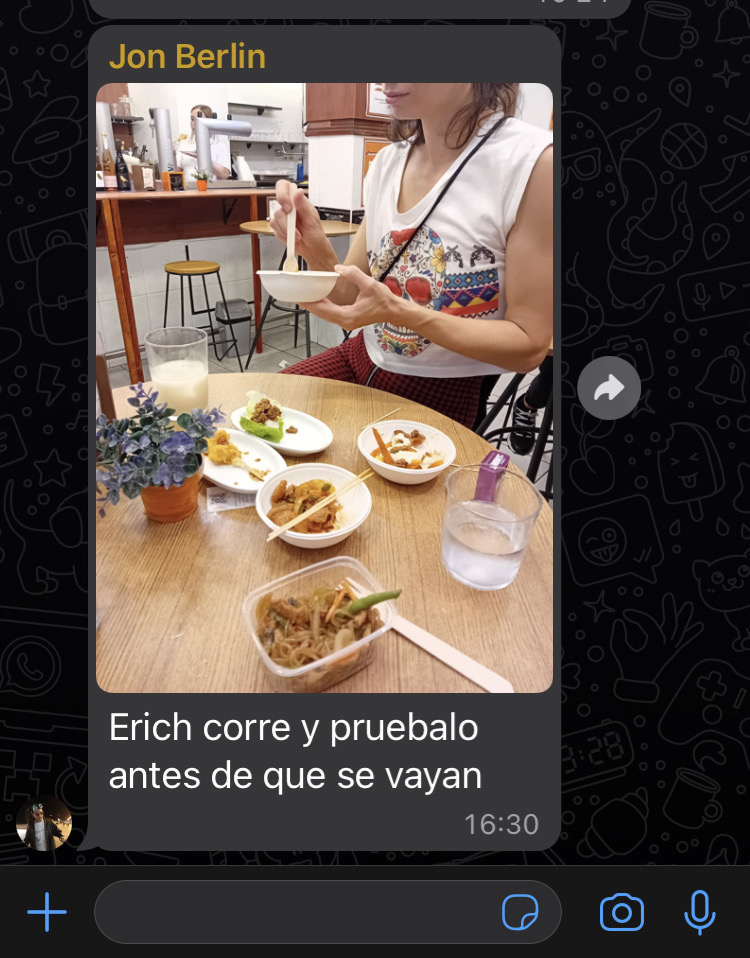
We arrived at 7, a long queue had already formed, comprised mostly of young folks. Among them were a few fashion-conscious ladies, the kind you’d spot on Sundays, elegantly dressed, strolling along La Concha with petite dogs in tow.
“Are we already on the waiting list?” The conversation flowed as they discussed their recent encounters. “Did you manage to catch a glimpse of the chef?” “Have you seen BTS’s latest video?” “The K-pop band in Ibiza?” And with a knowing nod, one remarked, “This year, the island will be swarming with Korean tourists thanks to that video.”
Clearly, they were all well-versed in the world of K-Gossip and had come to be a part of the reality show.
But the most telling sign of all: Koreans were in line. I’ve always said that an indicator of a restaurant’s quality is the authenticity of its patrons. In the Old Town of Donosti, if you don’t see locals over 60 dining, you’re probably in the wrong bar.
It didn’t take long for us to realize we were surrounded by cameras. In the neighboring establishment, hidden behind black curtains, you could spot high-quality telephoto lenses aimed at us.
Up in the building, from a balcony, more cameras, and within the restaurant’s terrace, every corner was equipped with cameras trained on us, giving it an Orwellian feel. It was a full-fledged reality show.
At this point, I still don’t know or care about the details of the reality show. Jon had promised me good and affordable food and I was hungry.
When we were finally served after a long wait, we ordered a bit of everything. The dish that impressed me the most was, Kimchi Bokkeumbap, German looking sausages simmered in kimchi with thick rice noodles resembling udon. There was spicy tofu, a salad featuring chilled cooked squid with carrots, cucumber, and a rice vinaigrette dressing, and Kimbap, something akin to maki rolls filled with sesame-marinated carrots. We paid 30 euros for four people, including drinks, and there was so much food that we couldn’t finish it all.
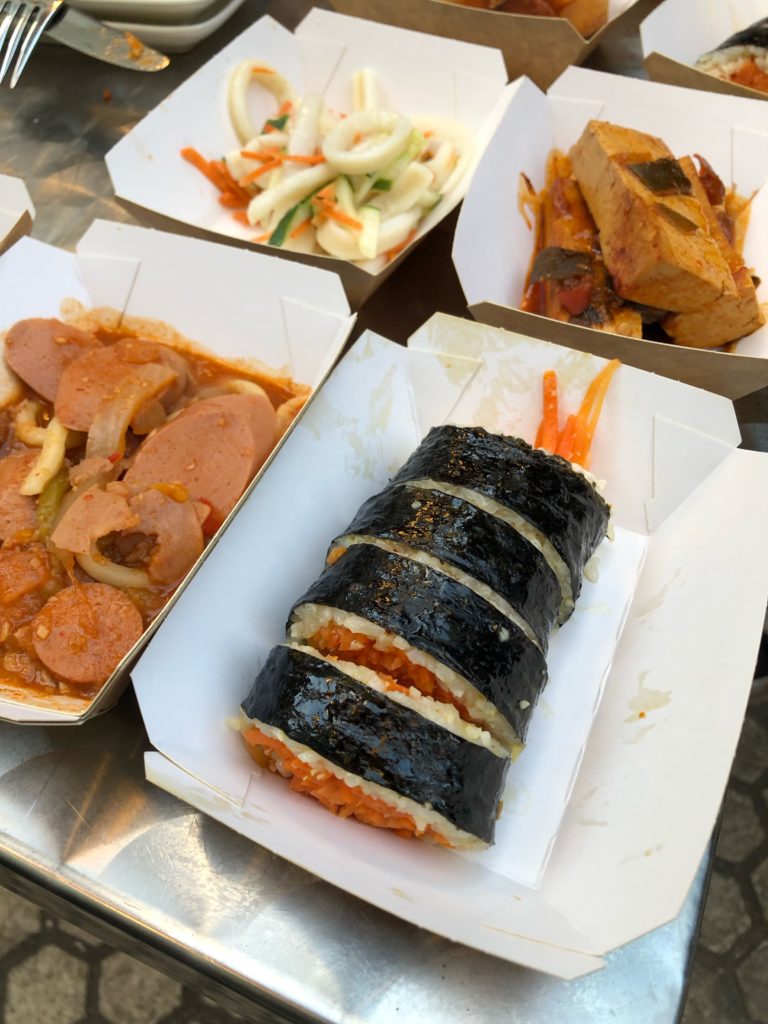
To drink, we ordered Soju, a Korean liquor of subtle sweetness and a gentle heat, dry as a softened slap, enhanced by the zesty kick of a lemon wedge.
It was a whirlwind of umami, lacto-fermented aromas, strong and spicy paprika and fish sauce that starkly contrasted with the subtle and delicate flavors typically associated with San Sebastian’s food scene.
Kimbap (Korean sushi roll)
Kimchi Bokkeumbap (Kimchi stir-fried with sausages and rice noodles)
Maeuntang (Spicy fish soup with radish)
Ojingeo Muchim (Cooked squid salad with rice dressing)
Dubu Jorim (Tofu in spicy sauce)
Soju (Spirit typically made from grains like rice, barley, or wheat)
We shared a communal table, facing two ladies from the queue who filled us in.
“The chef’s the big deal in Korea, TikTok’s all over him. Look, a pic. He’s adorable, served desserts yesterday,” they said.

Baek Jong-won, a TV star and kingpin of 26 restaurant chains with 1300 spots across Korea, ran the show. Our tablemates not liking half the food didn’t surprise us; they hadn’t come for that.
I took a moment alone with my soju, thinking about how Korea had built a brand through food, movies, music, and televison, even winning over the snobby crowd in San Sebastian.
“Oh, by the way,” the lady added with a giggle, “these vases have cameras and mics. If we’re lucky our chat might make it onto the reality show, hehehe.”
Indeed, the vase had KGB-style mics, unwittingly casting me into the realm of Korean showbiz, and thus concluded my Monday.

